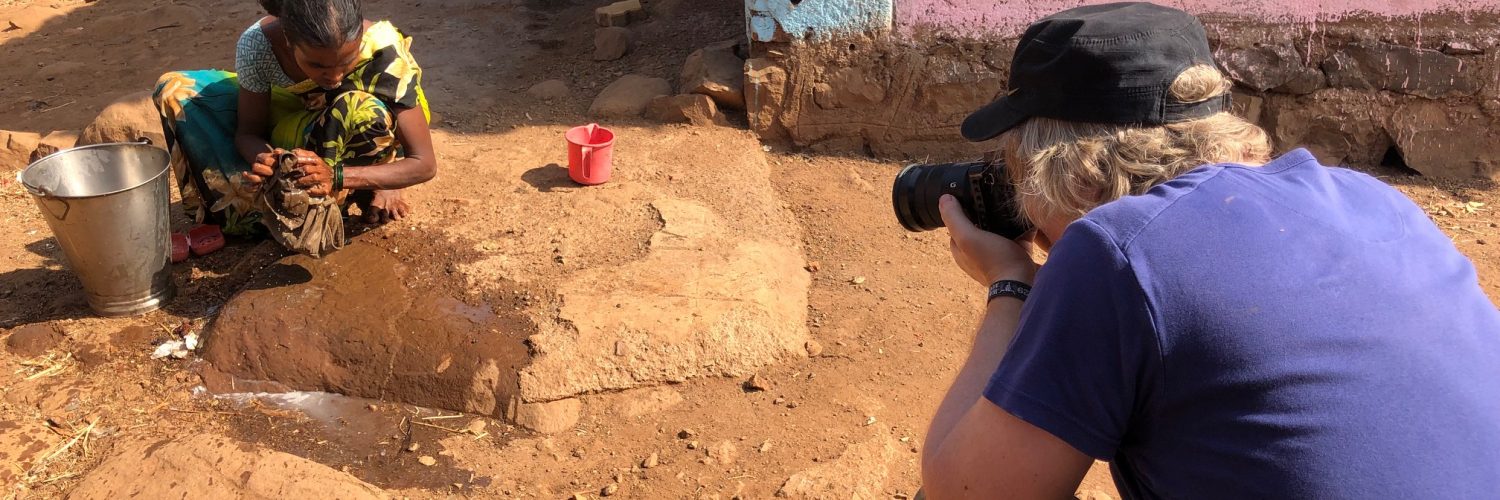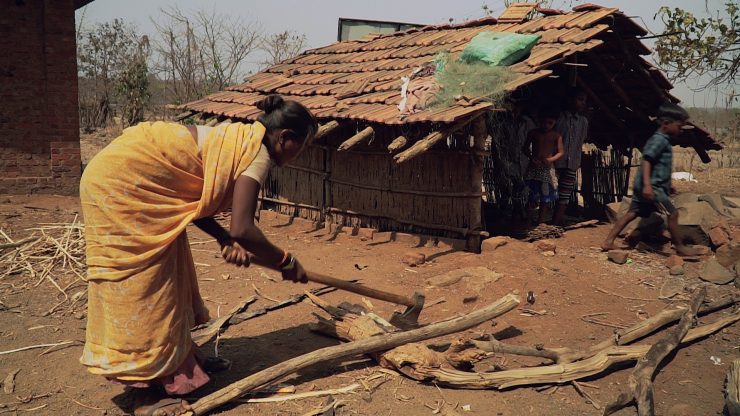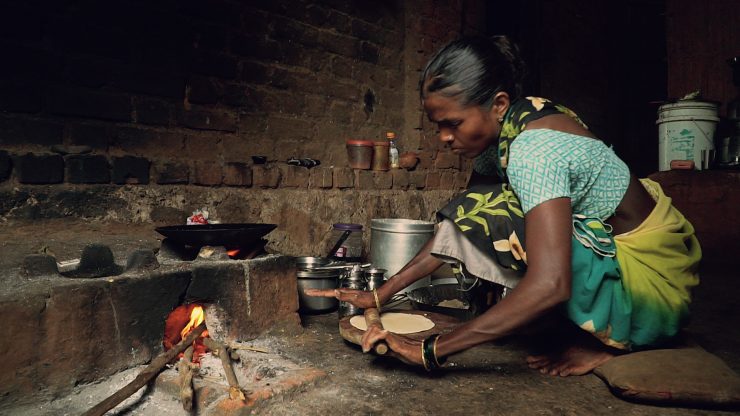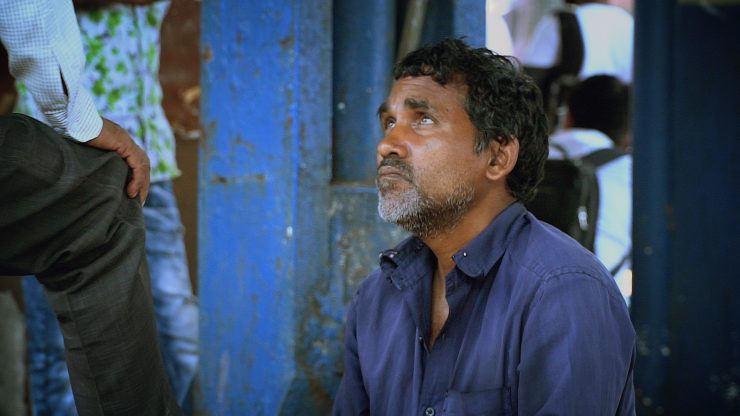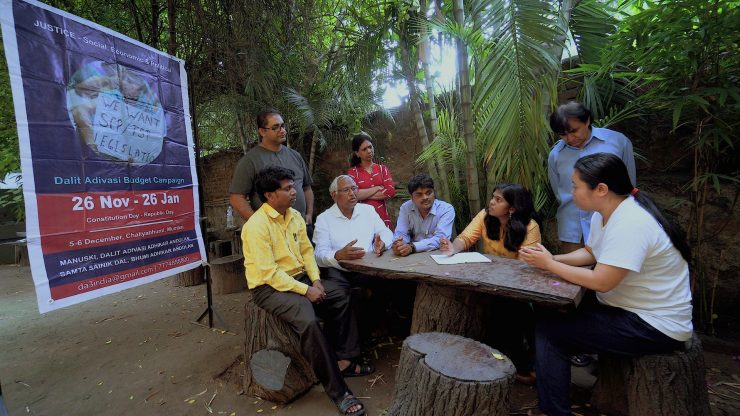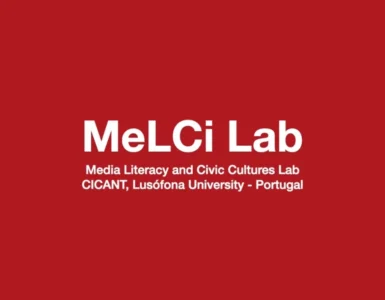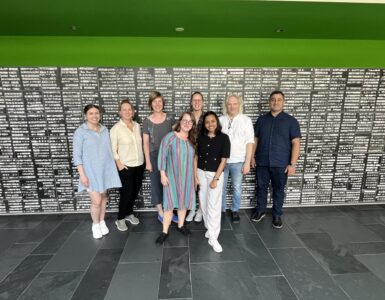Mixing up educational requirements with film making is always a challenging task. Producing the film as a non-invasive documentary makes the challenge even greater. And if you shoot in a culturally very different society, then the challenge starts to become incalculable. Still, it is worth doing it!
But why is it a challenge?
Let’s start by taking a look at the educational requirements. School education is oriented on the curriculum. It describes and details the learning contents and goals of a specific subject. A film for school education needs to reflect the curriculum needs and, at the same time, it should add new value to the classroom activities. Ideally, a film promotes deeper learning, which is built upon real world insights. And, based on this, leads to deeper reflection and discussion. An educational film needs a detailed concept relating the film content with the curriculum.
In geography and social science, a documentary as film format is often the correct choice. Observing and showing the real world is the challenge. No requested scenes, no memorized statements. Authenticity is the goal. Still every observation requires that you are both close to the talent while having to be ignored at the same time as an external observer. And in this context the question arises: What is the “real” world and how can we show it?
Taking on the challenge of shooting a film about school education in India may be a contradiction to the wish of “not being seen” as a documentary filmmaker. India has a huge film industry. People are fond of films and like being a part of it. People engage deeply and are excited about being in front of the camera. They are excited about helping and dedicate their time to the project.
-So, how to shoot without being the centre of all attention? The way we chose it was using minimal gear, observing and discretely following. With today’s equipment possibilities, one can produce professional media even with a little handheld mirror-less camera that looks like a tourist’s hobby gadget. Mounted on a little travel gimbal (motorized camera stabilizer), one can produce stable, tripod like media, while being still very unobtrusive and with an extremely small attentional footprint.
However, in certain moments active participation is needed. Moreover, as already said, an educational documentary needs to follow a strict concept, since it has clear pre-defined curriculum based goals. The dedication of the protagonists may lead to an intensive shooting of statements and objects, which are not actually in the focus of your educational requirements. Nevertheless, you have to walk the line between uncomplaining listening and focussed questioning. You can’t work with the typical European direct manner of an “efficient dialogue” with a focussed question scheme. Firstly, one has to respect the cultural customs of the people. Secondly, one needs to look at the project holistically.
Another challenge can be organising practical matters. An intercultural clash occurs when people with different time and communication concepts are brought together. There’s no wrong or right, only different. But one has to learn the “different”, when immersing in a “different” country for filming. As a middle European, you communicate directly with words and their explicit meaning, when talking to people, for example, to organise a field trip. Non-verbal elements are only an additional support for your communication. In a society like India, indirect and non-verbal communication is much more important and transpose the information people would not like to say out loud. Soon you face the need to develop new communication skills.
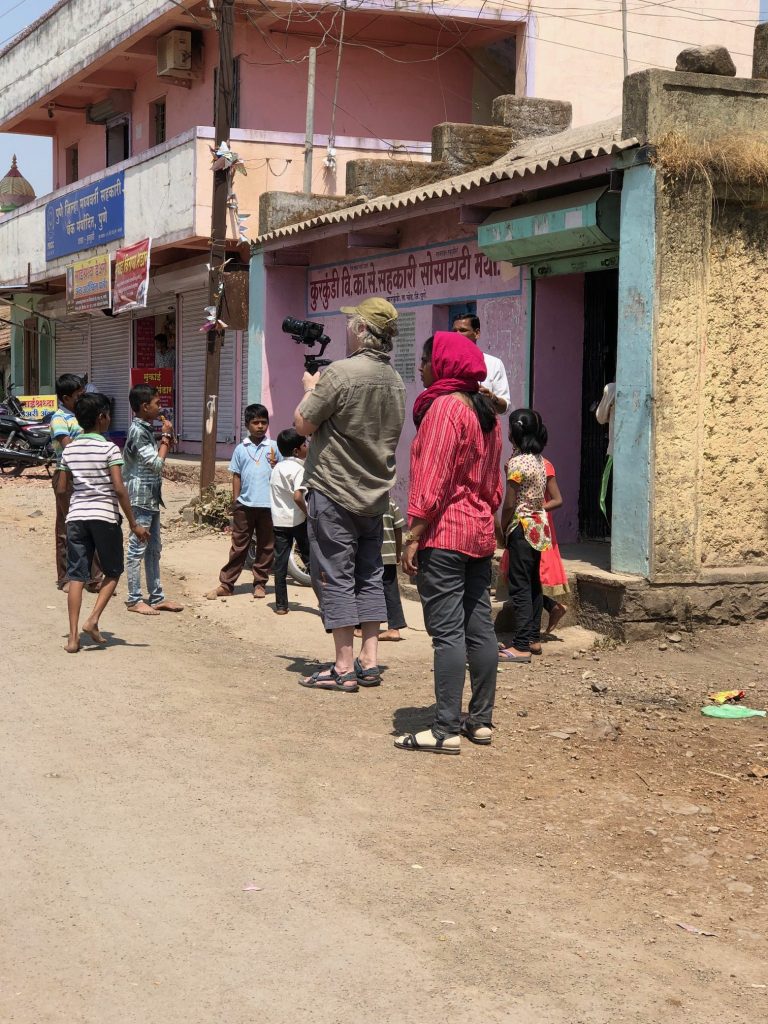
We spent in total six weeks in India, Every day something happened but it was almost always not what we expected. We were told that every time a door closes in India, three new and unexpected ones open up. And this was our experience.
Every evening we had to reflect and rearrange our concept. We enjoyed the new and simply cancelled what was not possible. Sometimes we lost our orientation and questioned if we would ever make it. But we did and are truly happy about it. In six weeks we got intensively involved in a society that would normally never have opened its doors in the way it did, if we weren’t making a film for school education. Lastly, in a miraculous way, we could bend the storyline of the film in such a way, that we now still meet the needs of the curriculum. Lesson learnt: If we would have insisted too much on the initial concept, we would have lost the struggle. Paradoxically, we only could meet the requirements of the film concept, through drifting away every day a little bit more from it. This is film making!
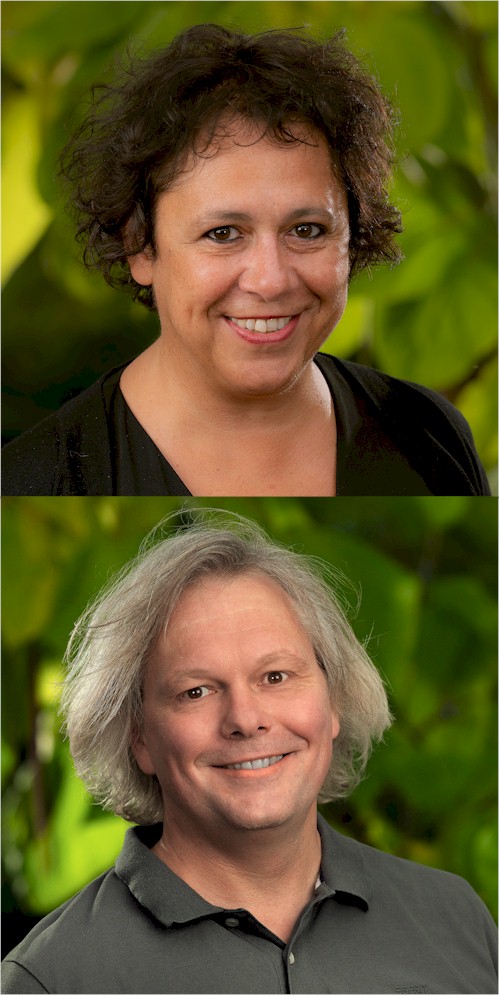
Authors
Sonia Hetzner &
Markus Tischner
Friedrich Alexander University Erlangen-Nuremberg,
Germany

